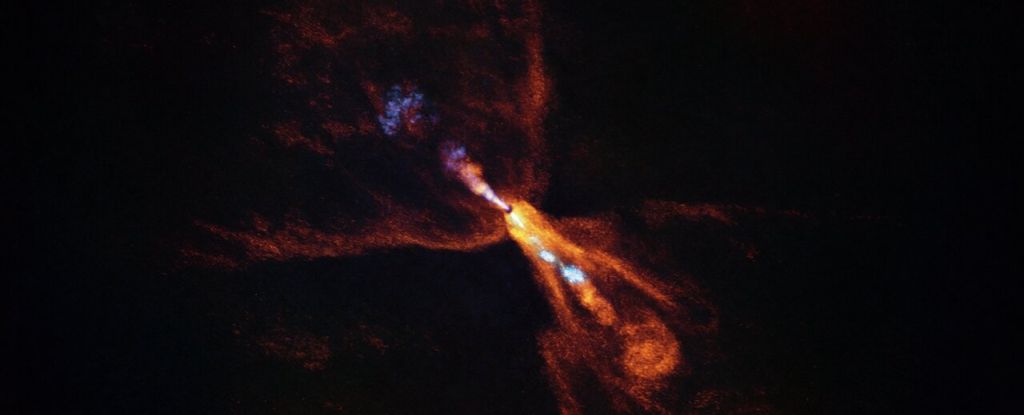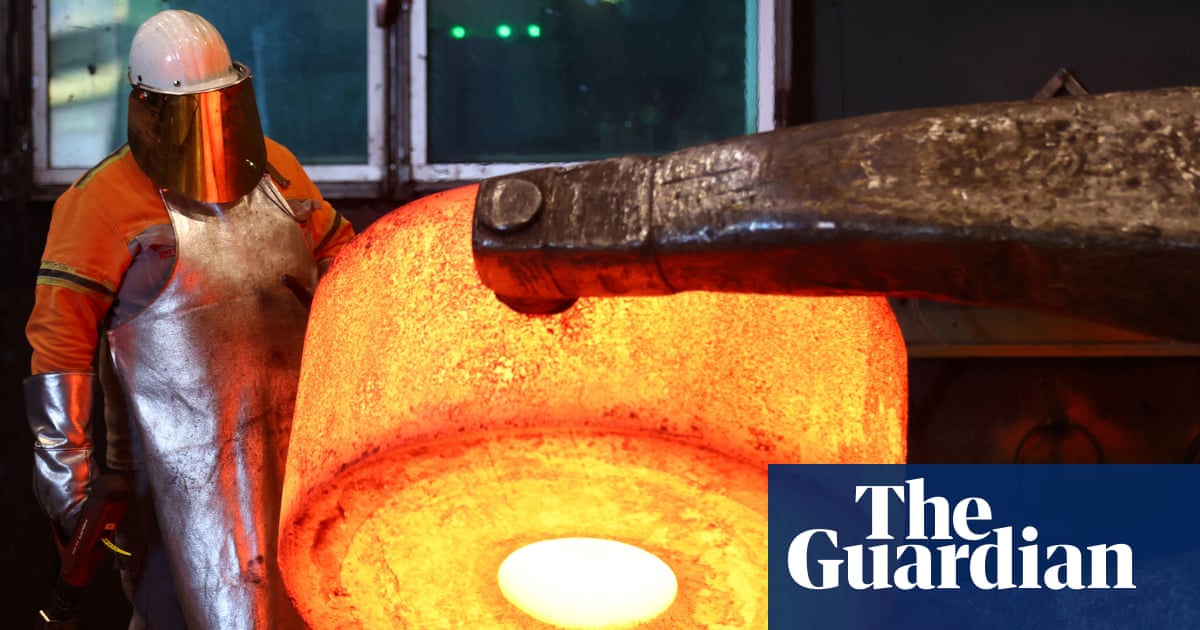T4K3.news
Humboldtine mineral discovered in Germany
Rare mineral humboldtine found in the Bavarian State Office, marking a significant geological discovery.

One of the rarest minerals in the world, humboldtine, has been discovered in the basement of Bavarian State Office for the Environment in Germany.
Discovery of humboldtine highlights rare mineral find in Germany
Humboldtine, a rare yellow mineral, was recently discovered in a dusty box at the Bavarian State Office for the Environment in Germany. Roland Eichhorn, a geologist at the agency, found six lumps of this mineral, which had only been identified in fewer than 30 locations worldwide. Humboldtine, named after naturalist Alexander von Humboldt, was first discovered in 1821 in the Czech Republic. The recent discovery came after archivists digitized a mineral catalog, revealing that samples from the Mathias mine had not been documented. Eichhorn stated this find raises questions about how such a mineral formed under unusual conditions typical for brown coal mines.
Key Takeaways
"And we’ve now found a second snowball."
Roland Eichhorn expressing the excitement of the rare mineral discovery.
"Why the yellow nodules formed in the Schwandorf brown coal will probably remain a mystery forever."
The LfU notes the challenges in understanding humboldtine's formation.
"Humboldtine from the Mathias mine near Schwandorf."
A historical note that led to the rediscovery of the mineral.
"The dusty rock is the cyborg among minerals."
Eichhorn's description of humboldtine's unique qualities.
The discovery of humboldtine offers a glimpse into the complexities of mineral formation. Its presence in a brown coal mine, known for its low carbon content, challenges existing geological theories. This groundbreaking find underscores both the historical gaps in mineral records and the potential for further surprises in often overlooked places. As scientists continue to analyze this mineral, it may open doors to new understanding about geological processes at play, emphasizing the significance of careful cataloging in scientific exploration.
Highlights
- Two snowballs of humboldtine are now in existence.
- The mystery of humboldtine formation may never be solved.
- Humboldtine is the cyborg among minerals for its unique composition.
- This find shows we should never underestimate what lies in dusty corners.
Potential implications for mineral documentation
The discovery raises concerns about geological record-keeping and oversight. It highlights the need for thorough documentation to preserve historical findings, which may influence future mineral exploration efforts.
Future exploration may yield more surprises about this elusive mineral.
Enjoyed this? Let your friends know!
Related News

Ancient artifacts reveal Earth's magnetic history

Scientists reveal six moons orbiting Earth

Urgent action needed to protect Ghana's Bosumtwi crater

Body found in Chile mine collapse
Astronomers discover early planet formation

Astronomers Discover New Planetary Formation

Engineer diagnosed with rare cancer

Unique reptile fossil offers new insights into evolution
